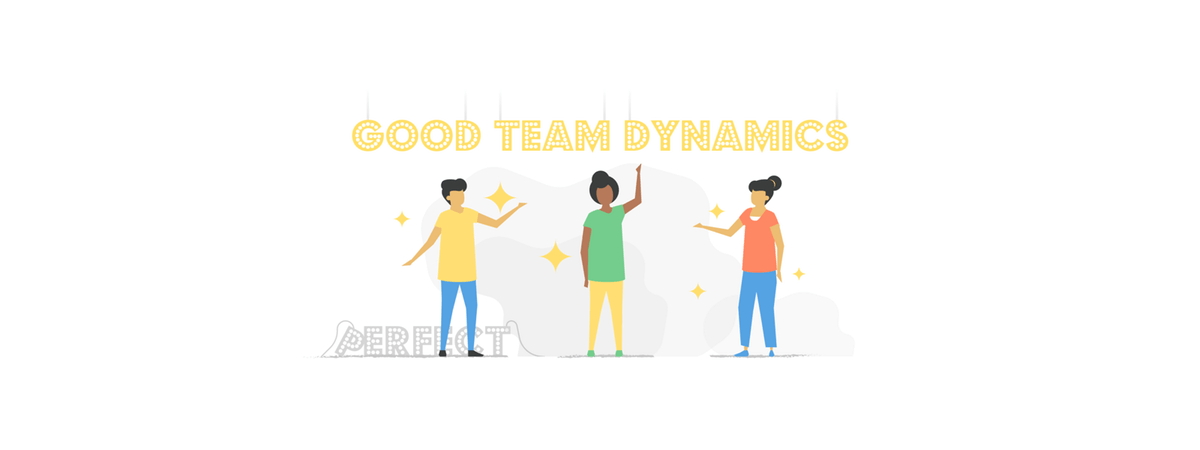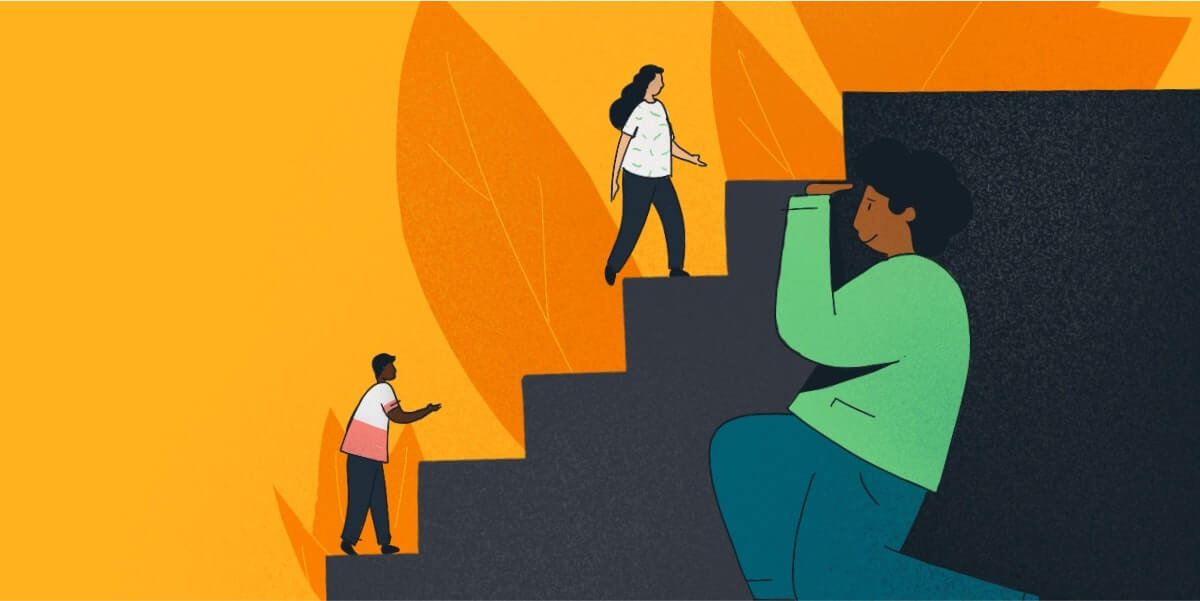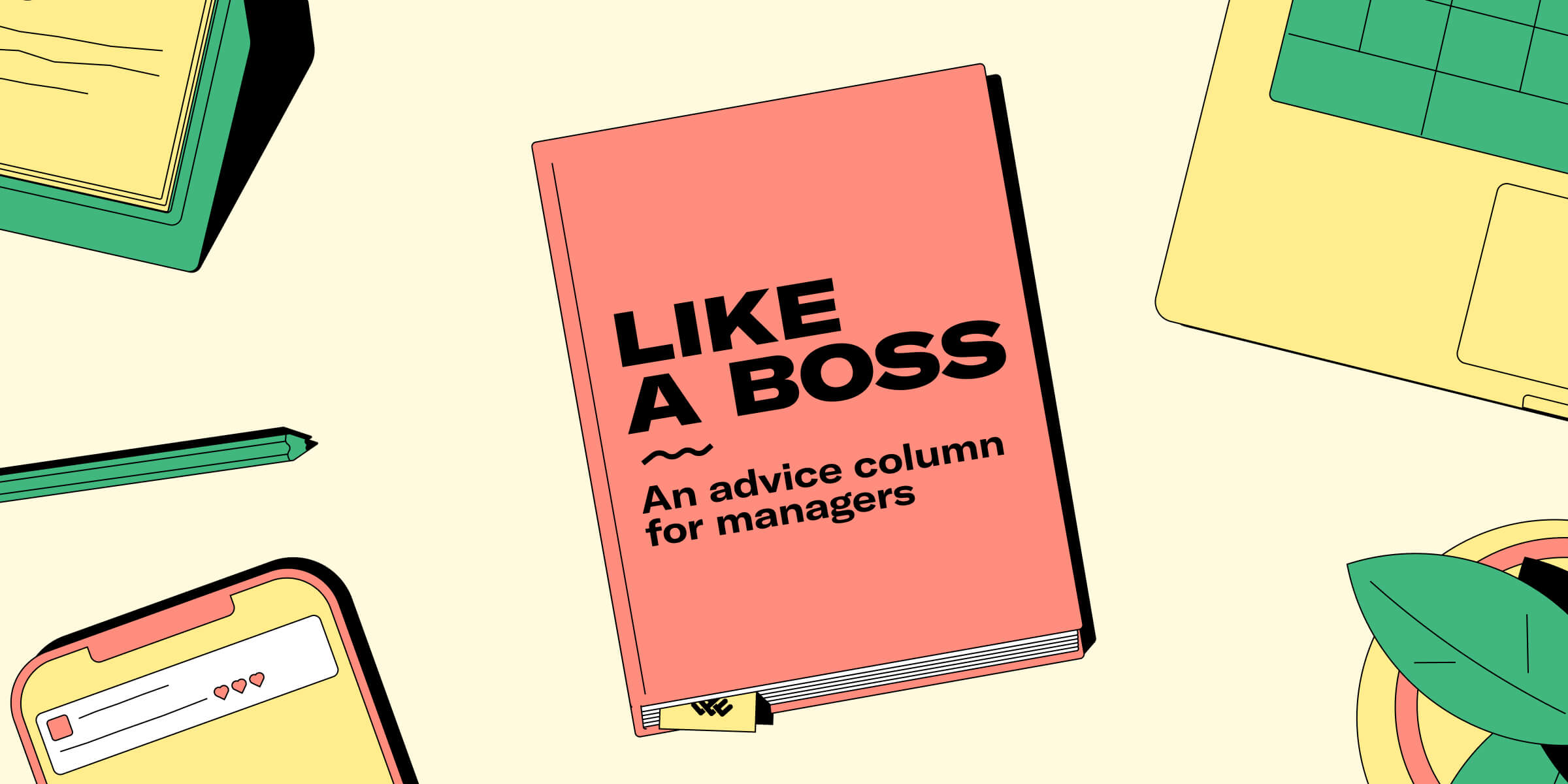Ok, you’ve done it: you’ve assembled a team. You wait a couple of weeks to see how the team members assess each other -- the work they do together is adequate but not as good as it should be. Even though you put in a lot of work to create a team of people with diverse personalities, you’ve still ended up with a “perfect” team: A team of perfect people acting perfectly civil while perfectly completely their tasks and creating perfect results and looking perfect while doing so.
You’re wary of this image, because you know a “perfect team” is as mythical as Jason and the Argonauts. You think about another team you had once, who were decidedly imperfect. Your product designer would make fish in the microwave every week and one of your engineers would spill every coffee he bought himself on someone else. Despite this, they were probably the best team members you’d ever had, and always found it easy and straightforward to work together to come up with good ideas and enact them.
So you know that while everyone in your current team might be doing well individually, their team dynamics have a lot to be desired. Instead, you’d rather have a team that is greater than the sum of their parts.
You do some more research. You know Google did their own data-based research on groups and teams and found that the most important element of good team dynamics is “psychological safety.” Psychological safety is feeling comfortable enough in a setting to speak up, debate, and interject openly and honestly among team members. You know well enough that “psychological safety” is not the license or ability to express whatever thoughts you want, however rude, hateful, or offensive, and have them accepted without response. Instead, it’s knowing that when you express your ideas, unformed as they might be, your input will be respected, whether or not the idea advances in the group’s work. This also helps people come up with ideas that are mostly focused on achieving the group’s task, rather than displaying the person’s intelligence or competitiveness.
You think about this the next time everyone on your current team is complaining at a meeting about how the designer always seemed to end up at a conference room three floors from where you’re all supposed to be meeting. You realize that while everyone on your current team seems to be perfect, they’re a lot less tolerant about each other’s imperfections. And when everyone does get into the meeting together, you observe how people fall into a pattern of doing things that don’t necessarily foment good communication. Instead, they all tend to follow a process without realizing it: they listen to one of the engineers talk on and on, while the product manager talks the second most and the designer and analyst intercede once or twice. The other engineer doesn’t talk at all.
You know as well as Google does that creating good team dynamics isn’t as obvious as one would think. While it seems simple and straightforward, it took Google several tries and several different methodologies of gathering data to realize this. Even then, the team at Google was unsure how to implement this psychological safety until they received work and input from Google manager Matt Sakaguchi.
When the researchers at Google gave him a survey to give to his team, Sakaguchi was alarmed at the results he got back from his team. He found that his team was less confident, happy, or comfortable working together than he realized. You read that after the fact, he believes this to have been partly related to Google hiring the best and brightest, without teaching them about team dynamics and how to work together.
That is: picking perfect people and expecting them to naturally become a perfect team.
But you know as well as Sakaguchi how that’ll turn out. “You end up with a team of all-stars in performance mode,” says Sakaguchi. “In performance mode, you don’t have the opportunity to learn because you feel like you are always on and can’t be vulnerable.”
You think hard about the experiment Sakaguchi put into place. To counteract the performance problem, he invited his whole team to an off-site meeting, ostensibly to discuss the survey. He found that the result of psychological safety -- empathy and conversational turn-taking -- helped him realize how to build a cause: just doing it:
[Sakaguchi] began by asking everyone to share something personal about themselves. He went first.
‘‘I think one of the things most people don’t know about me,’’ he told the group, ‘‘is that I have Stage 4 cancer.’’ In 2001, he said, a doctor discovered a tumor in his kidney. By the time the cancer was detected, it had spread to his spine. For nearly half a decade, it had grown slowly as he underwent treatment while working at Google. Recently, however, doctors had found a new, worrisome spot on a scan of his liver. That was far more serious, he explained.
No one knew what to say. The team had been working with Sakaguchi for 10 months. They all liked him, just as they all liked one another. No one suspected that he was dealing with anything like this.
When asked later about the exercise, Sakaguchi said, “My goal with that exercise was to see that once you hear what people have gone through, you can never look at them the same. You start seeing them as people first, not a co-worker who is making your job harder.”
After that, he explains, the team dynamics made a serious shift to become one of the best teams he’d ever worked with at Google.
You wonder about this next time you’re in a meeting, about what it means to present yourself as a person first. To your surprise, an opportunity presents itself to tease out what that could mean:
1. Talk about things outside of work. When your designer finally arrives, late as usual, and the team starts to get to work, their discussion starting in its typically strained way, you interrupt to turn to the designer to ask how she’s doing. She looks surprised, but says she’s been preoccupied thinking about a fight you’d had with a family member. “That’s why I’m a bit distracted,” she says. “Sorry.”
2. Make an effort within your group to take turns speaking. The team is silent at first. The previously quiet engineer suggests the team go around the room and talk about what they might be distracted by. In doing so, they talk openly for the first time since the team’s inception.
3. Try to be as self-aware about your own imperfections as much as you are about your co-workers’. It was much easier to forgive the designer for being late when they knew what she was distracted by, but it also meant the team made space for other people’s mistakes. They realized the first engineer was eager to talk a lot because he had anxiety and was trying to circumvent that; that the analyst was always scheduling seemingly constant meetings because it helped her to have deadlines for her work; that the product manager’s seemingly complex food routine was a diet and nutrition thing, rather than a judgement on them.
4. Overall, be yourself at work. You make sure that the team knows they were assembled for their personality as well as their skills. This enlightens the team further, helping them understand that that the product manager always had room in her schedule to take apart an idea and put it back together; that the second engineer was likely quiet during personal discussions because he preferred to listen and observe; and finally, that the analyst was more than willing to include the team’s non-workplace commitments when scheduling deadlines.







